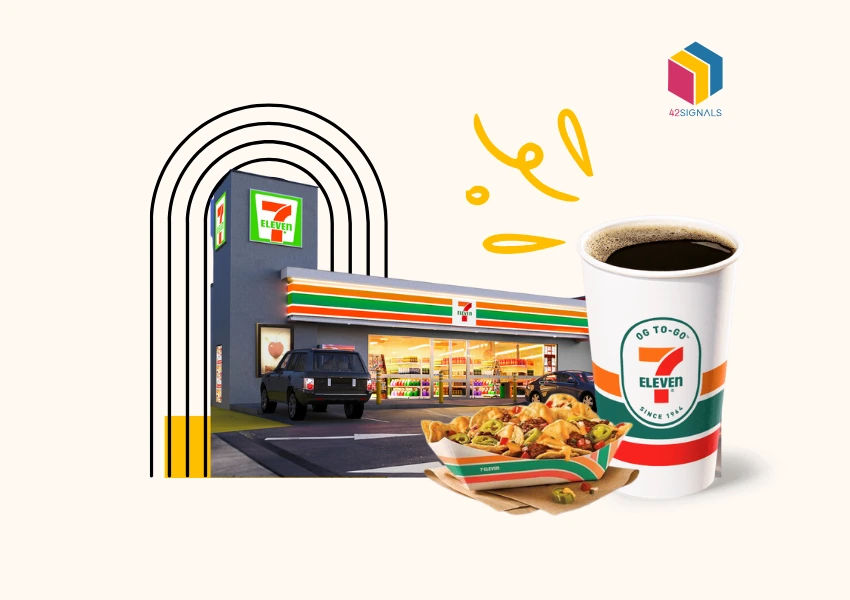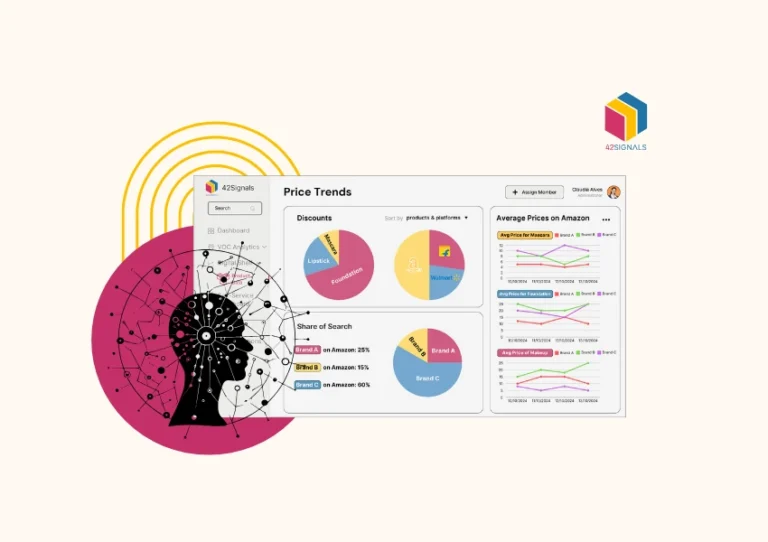In a world where a gas station on one street corner thrives while another struggles, 7-Eleven has cracked the code on staying indispensable. The secret? Hyperlocal data—a mix of real-time neighborhood insights, granular foot traffic patterns, and micro-market trends. For convenience retail chains, where margins are slim and competition is fierce, this approach isn’t just innovative—it’s revolutionary.
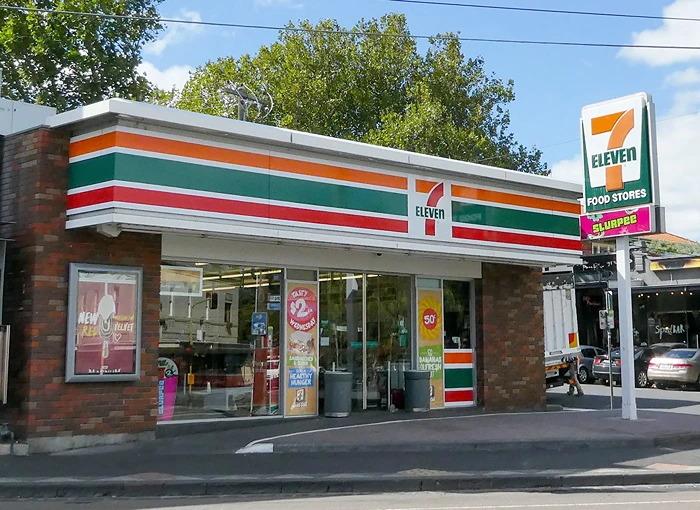
Image Source: Britannica
By blending dynamic fuel pricing with time-sensitive promotions and laser-focused inventory, 7-Eleven has turned its 78,000 global stores into data-driven profit engines. Let’s unpack how they’re rewriting the rules of convenience retail.
Hyperlocal Intelligence: Rethinking “One Size Fits All”
7-Eleven’s approach begins with an important insight: no two stores operate in the same context. A location near a Chicago train stop sees early morning demand for coffee, while one in the suburbs caters to post-work snack runs. By tapping into foot traffic analytics, local events, and even weather forecasts, the company adjusts inventory, pricing, and promotions to fit each store’s unique rhythm.
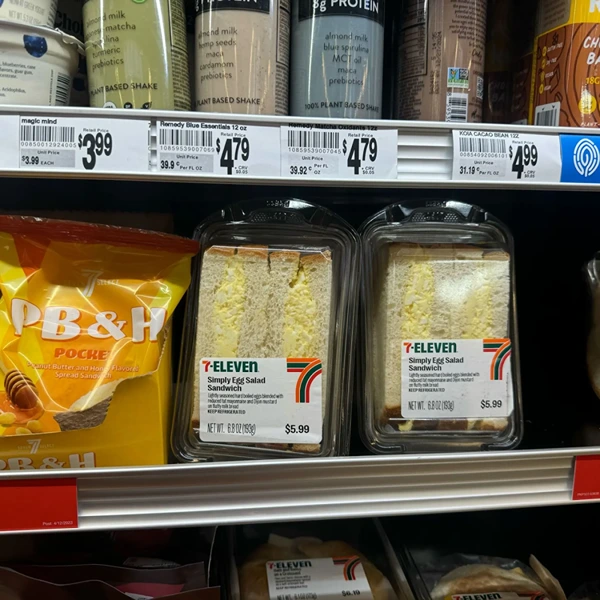
Image Source: LA Daily News
Examples include:
- Weather Patterns: Miami stores stock up on bottled water and sunscreen ahead of heat waves. These predictive adjustments ensure stores are ready before customer demand spikes, preventing stockouts and lost sales.
- Local Events: Concert weekends in Nashville trigger increases in beer inventory. Staff are also rescheduled to handle surges, and promotional displays are updated to highlight relevant products.
- Competitive Moves: A nearby gas station cuts prices? 7-Eleven’s pricing algorithms respond within minutes. This rapid reaction helps retain price-sensitive customers while avoiding unnecessary discounting across the board.
This agile strategy allows each store to serve its neighborhood more effectively — and more profitably.
Dynamic Fuel Pricing: Competing Without Undercutting
Fuel is a major traffic driver but offers razor-thin margins. 7-Eleven combats this through dynamic pricing — adjusting rates as many as ten times per day based on competitor prices, traffic patterns, and supply chain developments.
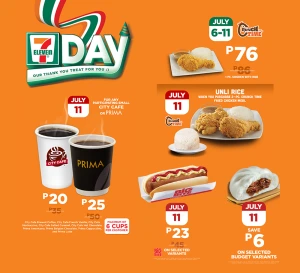
- Price Positioning: A Los Angeles store near Costco might drop prices during Costco’s peak hours to attract cost-conscious drivers.
- Demand-Responsive Adjustments: Friday rush hour in Houston? A slight price increase capitalizes on urgency without deterring traffic.
- Crisis Readiness: In advance of a hurricane, fuel prices shift to balance supply constraints and customer trust.
This data-driven flexibility has helped the company’s fuel division consistently outperform industry benchmarks.
Time-Sensitive Pricing: Optimizing the Daily Cycle
Inventory that doesn’t sell fast loses value, especially with perishables. 7-Eleven addresses this with time-based pricing, adjusting offers based on when people shop.
- Morning Peak (6–9 AM): Premium pricing for coffee, breakfast sandwiches, and newspapers.
- Midday Slump (10 AM–2 PM): Discounted combo deals (e.g., $5 for a sandwich, chips, and soda) to attract lunch crowds.
- Late Night (10 PM–5 AM): Reduced prices on perishables like sushi packs to minimize waste.
Add in mobile app push notifications, like “Slurpee Happy Hour” promos triggered by nearby presence, and you get a retail experience that feels responsive, not generic.
Micro-Market Trends: Matching Local Demand
From tech-driven neighborhoods to tourist-heavy areas, product mix matters. 7-Eleven’s systems track local demographics, social trends, and real-time sales data to shape store-level inventory:
- Demographic Shifts: Near a retirement community? Stock arthritis meds and larger-print lottery tickets. These shifts are often subtle but compound over time into meaningful differences in sales mix.
- Cultural Relevance: In San Antonio, fresh tortillas and Jarritos take center stage. Localization like this builds community loyalty and helps differentiate from national competitors with generic offerings.
- Social Media Influence: When Dalgona coffee went viral, 7-Eleven had instant coffee kits in college-area stores within three days. This responsiveness allows the chain to ride viral trends rather than lag behind them.
Understanding Movement: Turning Foot Traffic Into Strategy
Using anonymized Wi-Fi signals and point-of-sale data, 7-Eleven learns how customers move through stores:
- Dwell Time Insights: Shoppers spend just over 2 minutes during lunch rushes, but linger longer in the evening. This informs how product placements and staff coverage are prioritized throughout the day.
- Hot Zone Mapping: Most impulse buys happen within three feet of the register. Knowing this, stores place high-margin items in that zone to optimize every customer interaction.
- Basket Pairing: Late-night energy drink buyers? They often grab protein bars — now bundled as a “Night Shift Duo.” These bundles also reduce decision fatigue, making shopping faster and easier for tired customers.
These insights influence staffing, store layout, and promotional placement.
Impulse Science: Maximizing the “While You’re Here” Moment
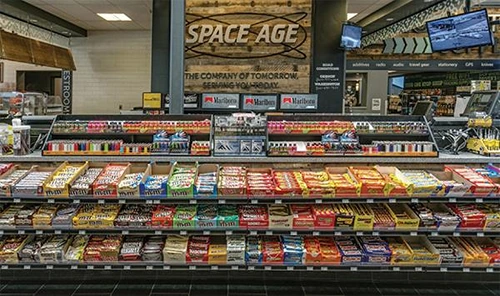
Nearly half of 7-Eleven’s U.S. revenue comes from impulse purchases. The company leans into this with a mix of behavioral nudges and real-time data:
- Smart Bundling: If beer and pretzels often go together, a “Game Night Bundle” appears on weekends. These curated deals not only increase transaction value but also help customers feel like they’re getting a deal.
- Sensory Placement: Roller grills placed near entrances drive purchases through aroma and visibility. The smell of cooking food can be just as powerful as signage in drawing attention.
- Gamified Checkouts: Digital prompts like “Add a Reese’s for $0.79” drive last-second basket boosts. These offers are tailored to maximize conversion at the final moment before payment.
Pilot programs have shown a 12% lift in average purchase size with these tactics.
Data Ethics: Innovation with Guardrails
Personalized pricing raises tough questions — particularly about fairness and privacy. 7-Eleven’s response:
- Price Caps: Daily fuel price changes are limited to $0.20 to avoid gouging.
- Anonymized Data: App users can opt out of location tracking.
- No Surge on Essentials: Staples like milk and bread are excluded from price fluctuations.
These policies aim to strike a balance between commercial advantage and community trust.
Looking Ahead: From Local to Personal

The next step for 7-Eleven? Taking hyperlocal down to the individual. Imagine receiving a discount on allergy medicine just as pollen levels spike — because the app knows you buy it every April. With a decade-long lead in data analytics, 7-Eleven is well-positioned to bring truly personalized retail to scale.
What sets 7-Eleven apart isn’t just its tech stack — it’s how that tech empowers each store to behave like a neighborhood shop. By treating data not as a blunt instrument but as a local guide, 7-Eleven redefines what convenience retail can be: responsive, relevant, and deeply rooted in the communities it serves.
If you liked this article, read –
Kroger’s Digital Shelf Strategy: Competing with Amazon in Grocery E-Commerce
Trader Joe’s E-Commerce Paradox: Thriving Without Online Sales
How CeraVe Became One of the Top Skincare Sellers on Amazon
The Owala Insulated Tumbler Trend: How This Home Goods Star Is Challenging the Stanley Cup’s Reign
Tru Fru’s Frozen Fruit Success: How Data Analytics Fueled Their Growth
